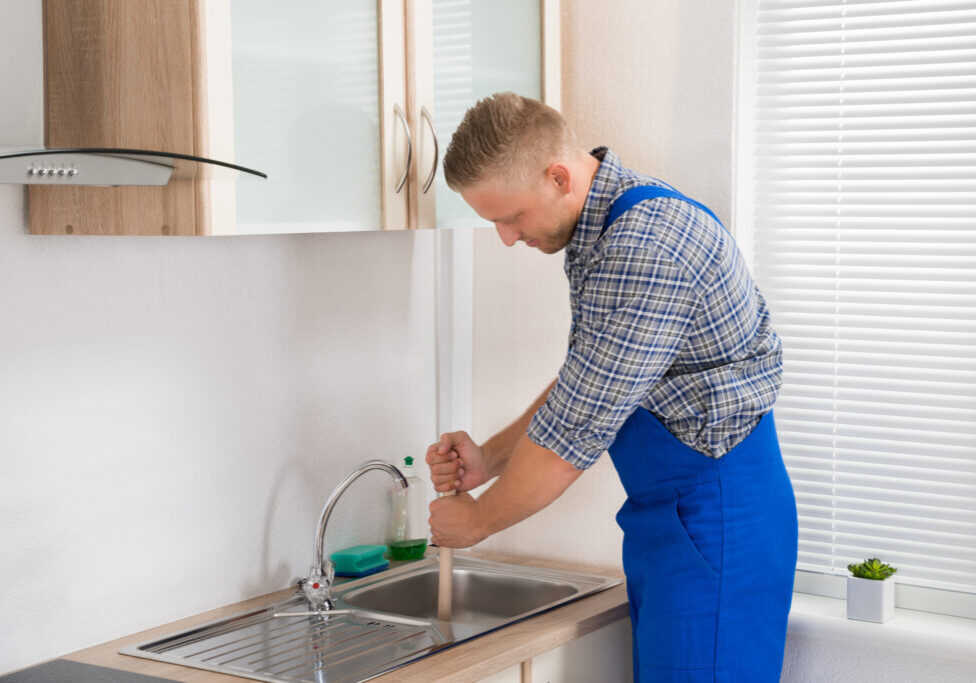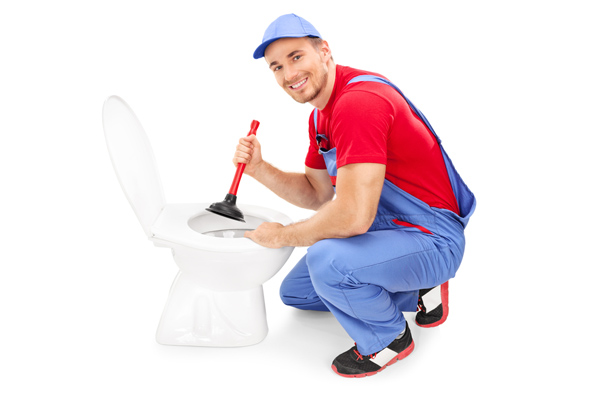Efficient Plunger and Drain Cleaners Strategies: Key Guidelines
Efficient Plunger and Drain Cleaners Strategies: Key Guidelines
Blog Article
The writer is making a number of great annotation related to How to Use a Plunger to Unclog a Toilet or Drain overall in this article followed below.

Introduction
Proper maintenance of family drains is necessary for protecting against clogs and guaranteeing smooth water flow. Among the secret tools in every home owner's toolkit is the bettor, together with various drainpipe cleaners designed to take on stubborn clogs efficiently. This post checks out just how to make use of bettors and drain cleaners successfully to keep your drains moving freely.
Area 1: Comprehending Bettors
Types of Plungers
There are several kinds of bettors readily available, each created for different types of drains and clogs. One of the most typical types consist of mug plungers, flange bettors, and accordion plungers.
How Plungers Job
Plungers work with the concept of producing stress and suction to remove obstructions. When effectively applied over a drainpipe, they create a vacuum cleaner that can pull out debris or separate blockages.
Picking the Right Plunger
Choosing the appropriate plunger relies on the type of drain and the nature of the blockage. Mug bettors are suitable for sinks and bathtubs, while flange plungers are better fit for bathrooms as a result of their design.
Common Mistakes with Plungers
Preventing these blunders makes certain efficient plunging: improper seal around the drain, not enough force, and not clearing bordering debris.
Section 2: Utilizing Plungers Properly
Preparation
Prior to plunging, make certain the plunger covers the drain totally and forms a tight seal. Clear any kind of visible debris around the drainpipe opening.
Strategy
Start with mild plunging movements to develop suction. Rise stress gradually, using a constant rhythm. Repeat as essential up until the drainpipe removes.
Troubleshooting Tips
If diving doesn't function, try readjusting the seal, applying oil jelly for a better seal, or making use of a different kind of bettor.
Section 3: Recognizing Drain Cleansers
Sorts Of Drain Cleansers
Drain pipes cleansers can be chemical or enzymatic. Chemical cleaners use solid chemicals to liquify clogs, while enzymatic cleaners utilize all-natural enzymes to break down raw material.
Just How Drainpipe Cleaners Work
Chemical cleaners react with blockages to dissolve them, while enzymatic cleaners break down organic materials like hair and grease without harming pipes.
Safety Considerations
Constantly put on handwear covers and eye security when utilizing chemical drain cleaners. Ensure sufficient ventilation and comply with maker directions carefully.
Eco-Friendly Alternatives
Take into consideration utilizing vinegar and baking soft drink or enzyme-based cleaners for eco-friendly options that are safer for pipelines and the setting.
Section 4: Using Drainpipe Cleaning Company Successfully
Application Methods
Put chemical cleaners directly right into the drain opening. Permit them to work for the recommended time prior to flushing with hot water. Chemical cleansers ought to rest over night.
Safety measures
Stay clear of blending different kinds of cleansers, as this can generate poisonous fumes. Never use chemical cleaners combined with a plunger, as splashing can happen.
Taking Care Of Persistent Obstructions
For relentless clogs, consider using a plumbing serpent or calling a specialist plumber to stop damages to pipelines.
Final thought
To conclude, recognizing how to utilize bettors and drainpipe cleansers effectively is necessary for keeping healthy plumbing systems. By choosing the right tools and methods, house owners can take on small clogs and prevent significant pipes issues down the line.
How To Properly Use A Plumbing Snake To Clear Drains
When any drain clogs in our home arise, we tend to gravitate toward the plunger and little else. In cases where the plunger and its vacuum-created pressure are not able to clear clogs, many immediately move to harmful chemicals or simply call their plumber to fix the issue.
we’re happy to help with all drain cleaning needs and concerns. This includes informing you on a few other home remedies you may have at your disposal for minor to moderate clogs, one of which is the use of a plumbing snake. Many people have never used one of these before – let’s go over the steps to take when your drain clogs and you have a plumbing snake available.
Attempt Plunger Use
The first step here, as we noted above, should indeed be to grab your plunger when you notice a drain clog and attempt to resolve it this way. If you’re unsure how to use a particular type of plunger, our plumbers can answer any questions you have. If this doesn’t do the trick, however, you move on to the snake.
Locate And Prepare Snake
A plumbing snake is a metal or plastic device that’s generally about a quarter of an inch thick. It’s design with significant extensions, meant to reach down into your clogged drain and push the clog out. Snakes also contain drain augers that will latch onto and push stubborn blockages.
If your plunger doesn’t clear a clog, locate your snake and bring it to the drain in question. We also recommend keeping a bucket nearby to collect the clog once you pull it out, plus we’d advise wearing goggles and possibly protective gloves.
Feed Snake
Once you’re ready to go, feed the snake slowly down the drain, using the crank device it comes with to keep it moving until it finds the clog. Once this happens, much of the clog will be latched onto the coil so you can pull it out, while the rest will simply break up and flow downward.
Detach Debris
Remove the snake slowly from the drain, and once you’ve done so, pick off any debris that’s stuck to the coil. This is another area where wearing gloves is a must.
Flush Drain
Finally, take a few minutes to ensure the snake has done its job correctly. If you’ve been using it on a toilet, flush the toilet a couple times and make sure everything flows well. If you’ve used it on a different drain, flush it with some room temperature water.
https://www.mybuddytheplumber.com/blog/how-to-properly-use-a-plumbing-snake-to-clear-drains/

Application Methods
Put chemical cleaners directly right into the drain opening. Permit them to work for the recommended time prior to flushing with hot water. Chemical cleansers ought to rest over night.
Safety measures
Stay clear of blending different kinds of cleansers, as this can generate poisonous fumes. Never use chemical cleaners combined with a plunger, as splashing can happen.
Taking Care Of Persistent Obstructions
For relentless clogs, consider using a plumbing serpent or calling a specialist plumber to stop damages to pipelines.
Final thought
To conclude, recognizing how to utilize bettors and drainpipe cleansers effectively is necessary for keeping healthy plumbing systems. By choosing the right tools and methods, house owners can take on small clogs and prevent significant pipes issues down the line.
How To Properly Use A Plumbing Snake To Clear Drains
When any drain clogs in our home arise, we tend to gravitate toward the plunger and little else. In cases where the plunger and its vacuum-created pressure are not able to clear clogs, many immediately move to harmful chemicals or simply call their plumber to fix the issue.
we’re happy to help with all drain cleaning needs and concerns. This includes informing you on a few other home remedies you may have at your disposal for minor to moderate clogs, one of which is the use of a plumbing snake. Many people have never used one of these before – let’s go over the steps to take when your drain clogs and you have a plumbing snake available.
Attempt Plunger Use
The first step here, as we noted above, should indeed be to grab your plunger when you notice a drain clog and attempt to resolve it this way. If you’re unsure how to use a particular type of plunger, our plumbers can answer any questions you have. If this doesn’t do the trick, however, you move on to the snake.
Locate And Prepare Snake
A plumbing snake is a metal or plastic device that’s generally about a quarter of an inch thick. It’s design with significant extensions, meant to reach down into your clogged drain and push the clog out. Snakes also contain drain augers that will latch onto and push stubborn blockages.
If your plunger doesn’t clear a clog, locate your snake and bring it to the drain in question. We also recommend keeping a bucket nearby to collect the clog once you pull it out, plus we’d advise wearing goggles and possibly protective gloves.
Feed Snake
Once you’re ready to go, feed the snake slowly down the drain, using the crank device it comes with to keep it moving until it finds the clog. Once this happens, much of the clog will be latched onto the coil so you can pull it out, while the rest will simply break up and flow downward.
Detach Debris
Remove the snake slowly from the drain, and once you’ve done so, pick off any debris that’s stuck to the coil. This is another area where wearing gloves is a must.
Flush Drain
Finally, take a few minutes to ensure the snake has done its job correctly. If you’ve been using it on a toilet, flush the toilet a couple times and make sure everything flows well. If you’ve used it on a different drain, flush it with some room temperature water.
https://www.mybuddytheplumber.com/blog/how-to-properly-use-a-plumbing-snake-to-clear-drains/

Do you appreciate reading up on How To Use Your Toilet Plunger Correctly in 5 Easy Steps? Give a short review down the page. We will be glad to hear your opinion about this post. We hope that you come back again in the near future. Sharing is caring. You just don't know, you could be helping someone out. Thank-you for going through it.
Apply Now Report this page